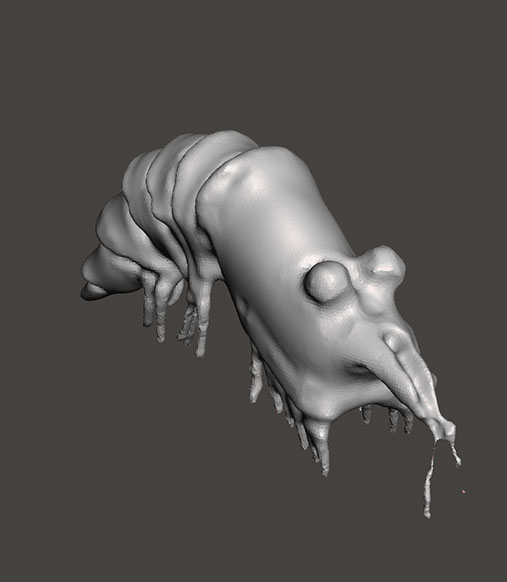Species: Antarctic Krill
Student: Mimi Vaintrub
Information:
Antarctic Krill is a zooplankton. Its scientific name is Euphausia superba. They are the largest of 85 known krill species. Krill is found in the waters around Antarctica where their numbers range from 125 million tons to 6 billion tons in the water. Krill have large black eyes which are transparent with reddish blown blotches. Krill are only about two inches in length. Krill swarms emit light which are produced by bioluminescent organs in various parts of the individual krill’s body. A fully developed krill can weigh over a gram. A zooplankton can be broken down into two words - “zoo” which is an animal and “plankton” which means that they float or drift with the current of the water.
They are vital to the food chain. Krill are at the bottom of the food chain where half of the krill is eaten each year by whales, sea birds, seals, penguins, squid and fish. A Krills diet is primarily phytoplankton, which are single-celled plants that drift near the ocean’s surface and live off carbon dioxide and sun’s rays. They spend most of their days avoiding predators in the cold depths of the Antarctic Ocean, but due to their high predator rate they reproduce quickly and lay up to 10,000 eggs at a time.
Fun facts:
- During certain times of the year the krill will congregate in swarms which are so dense and widespread they can be seen from space.
- Krill can live up to 10 years.
- They can survive up to 200 days without food, but when that happens they shrink in length as they starve.
References:
https://www.nationalgeographic.com/animals/invertebrates/group/krill/
http://www.antarctica.gov.au/about-antarctica/wildlife/animals/krill
https://oceanwide-expeditions.com/blog/antarctic-krill-antarcticas-superfood
